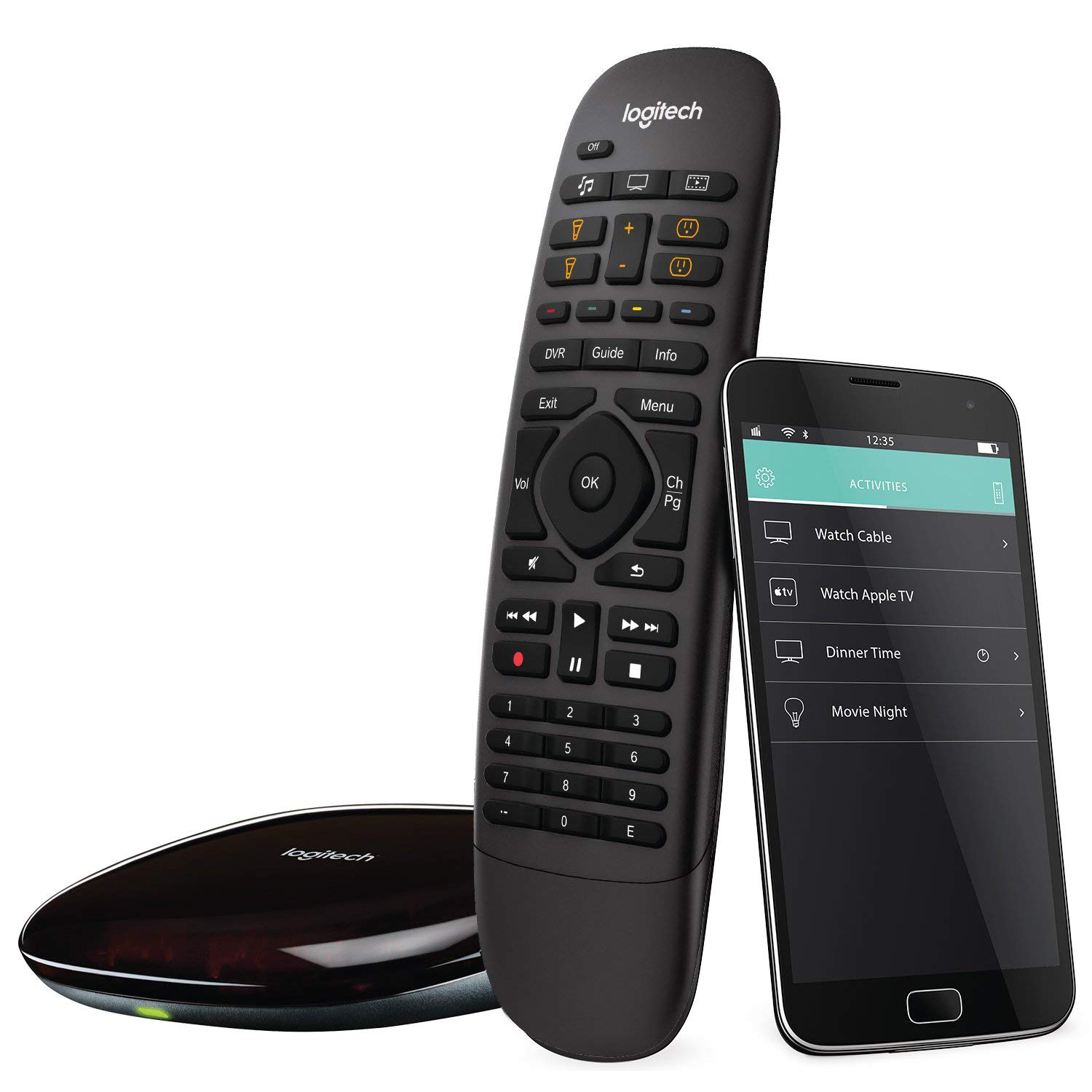

HDMI splitters that send two, three, four, or more signals from a single HDMI source are available, but for consumers, two is usually enough. This is important when switching between devices, as there is a temporary break in the handshake until the newly selected device locks in with a new handshake.ĭon't need an HDMI switcher, but want to send the same HDMI signal to two TVs or a video projector and TV? As mentioned above, you can use an HDMI switcher with two HDMI outputs, but if you don't need a switcher, you can use an HDMI splitter. The switcher also has to support HDMI handshake requirements that are implemented via either the HDCP (High-bandwidth Digital Copy Protection) or HDCP 2.2 for 4K devices protocol between source devices and the TV or video projector.

Some HDMI switchers also incorporate HDMI-CEC support, which allows the switcher to automatically go to the correct input of the most recently activated device.Īs mentioned above, all HDMI switchers pass standard Dolby Digital and DTS Digital Surround audio signals, but if you are routing the output of the switcher through a home theater receiver (instead of going directly to the TV) that provides decoding for advanced audio formats, such as Dolby TrueHD, Atmos, DTS-HD Master Audio, DTS:X, you need to make sure that your HDMI switcher is compatible.

HDMI switchers plug into AC power and usually come with remote control for more convenient source selection. If the quality of the image is decreased, it can be attributed to a poor connection, damaged cables, or to the quality of the switcher." - Christian Young, Pro AV Product Manager, ATEN Technology, Inc " Image quality should not be affected by the HDMI switchers because the source is digital.


 0 kommentar(er)
0 kommentar(er)
